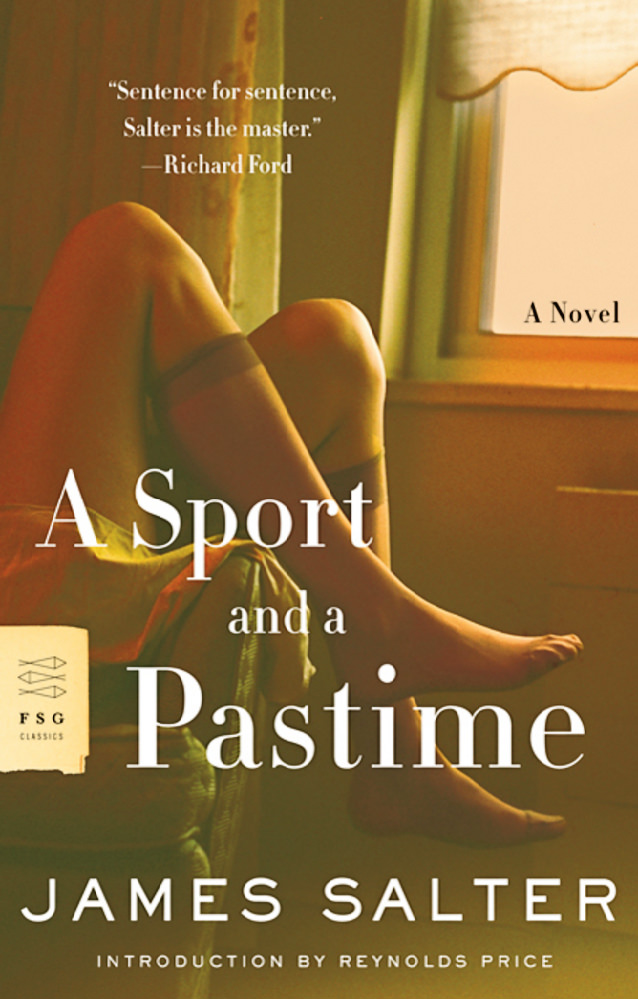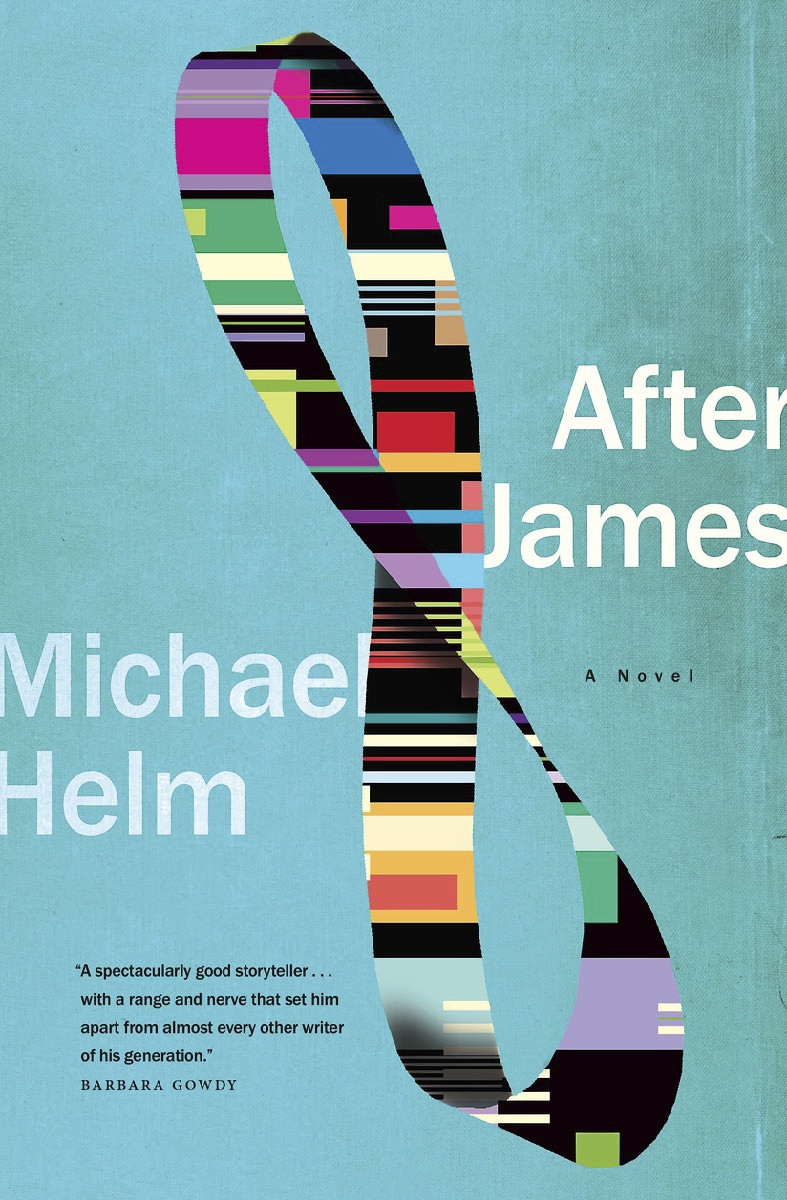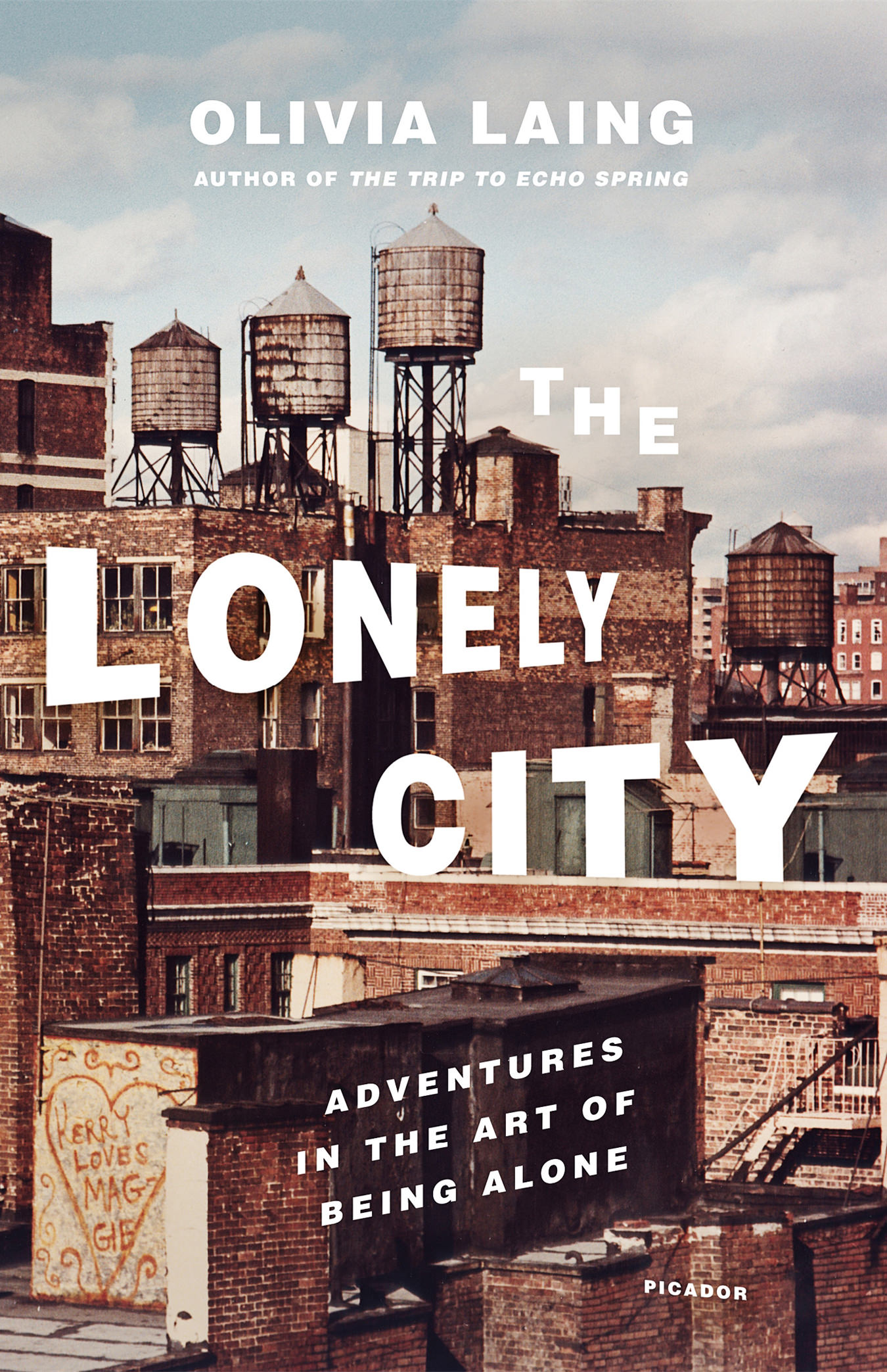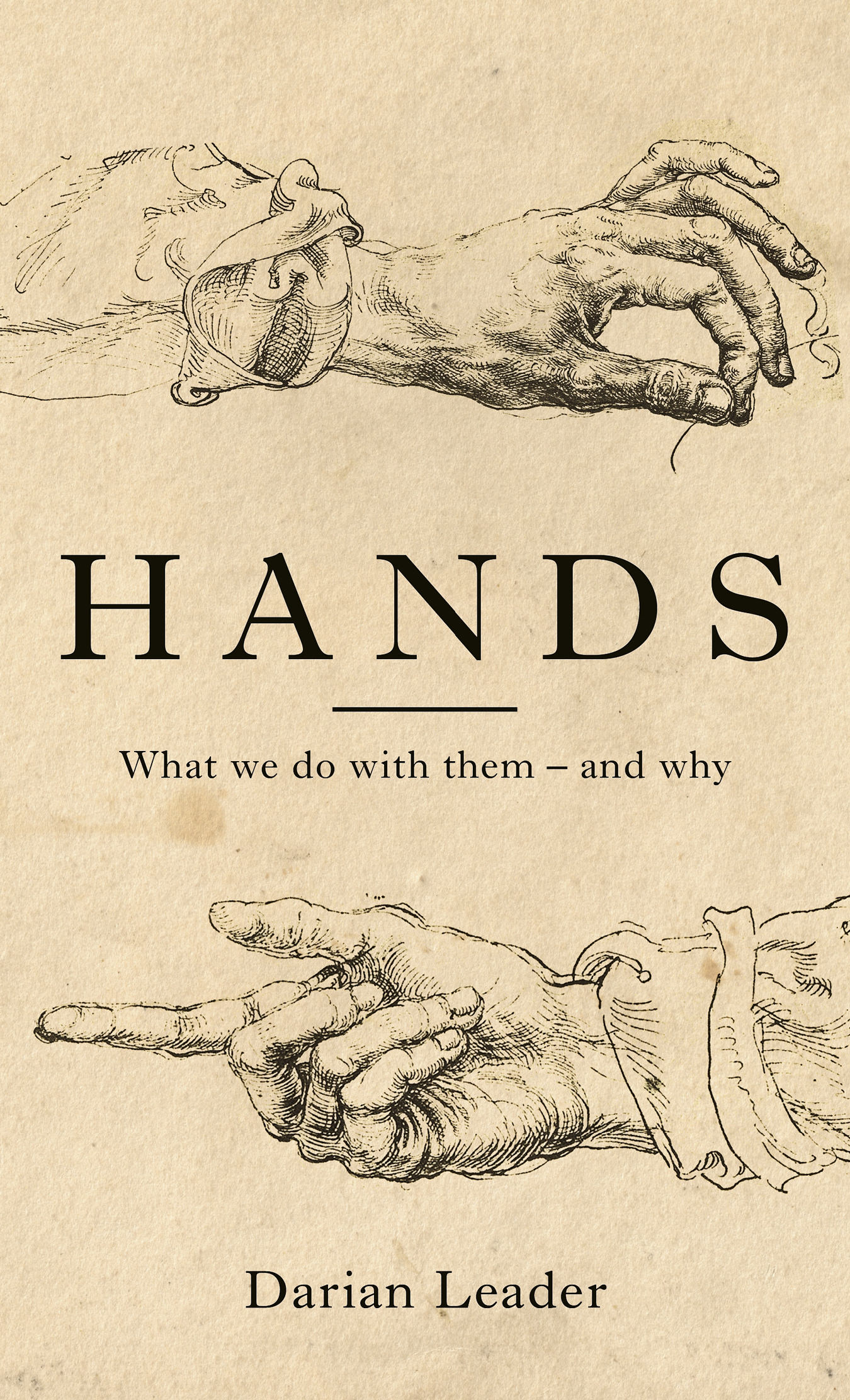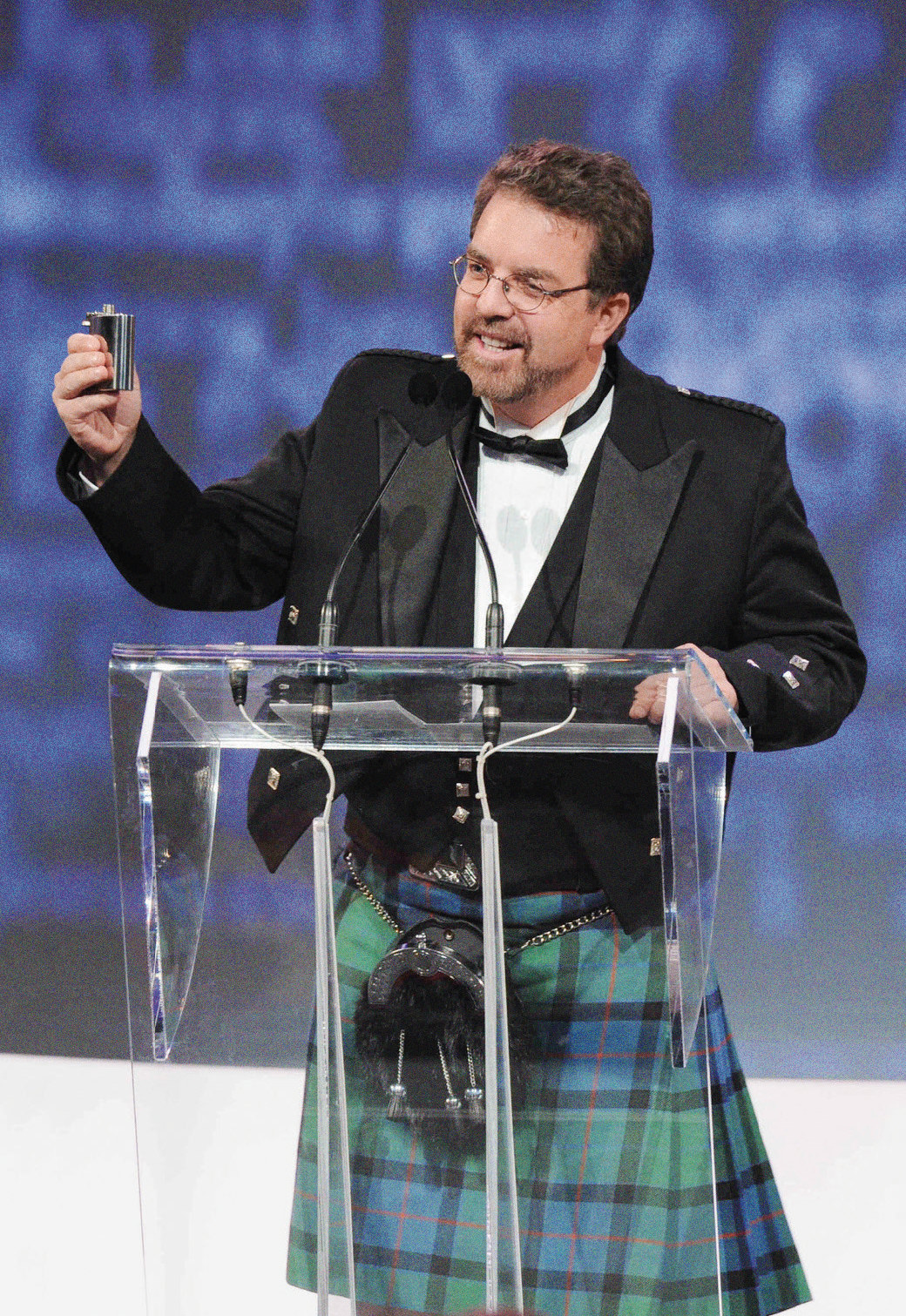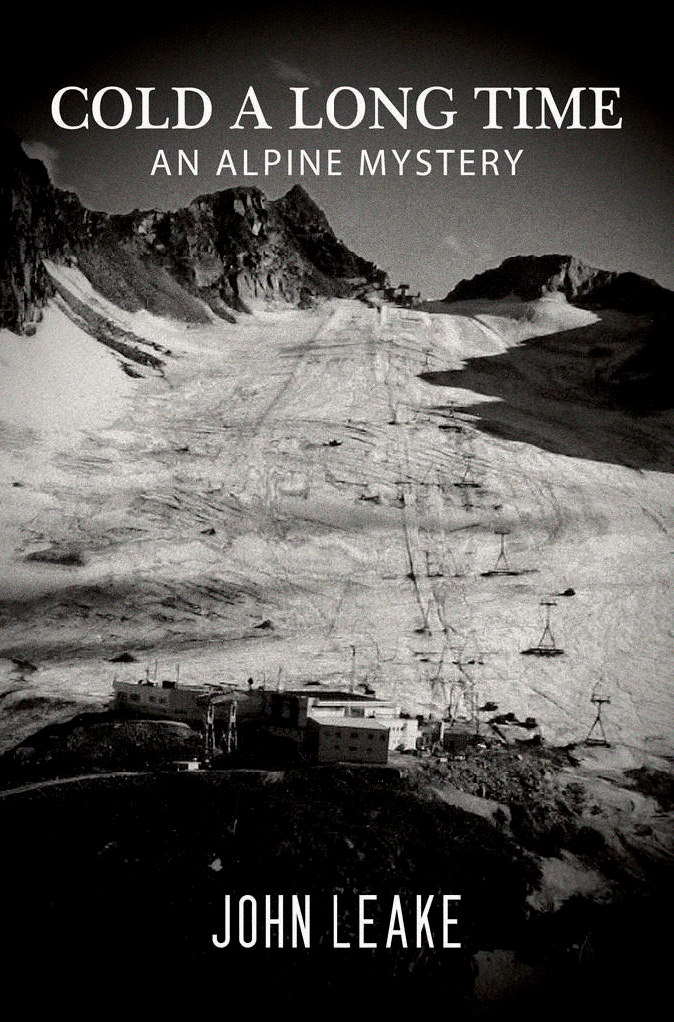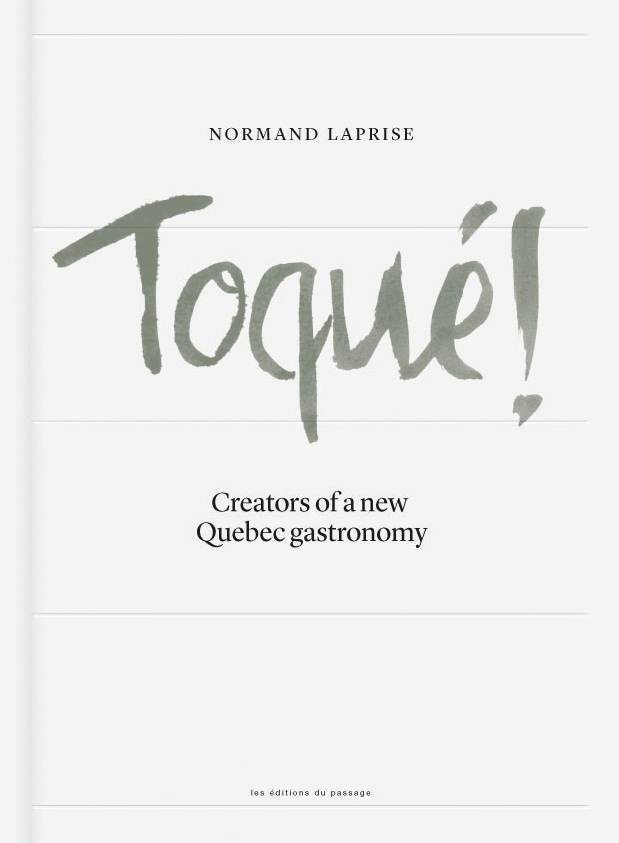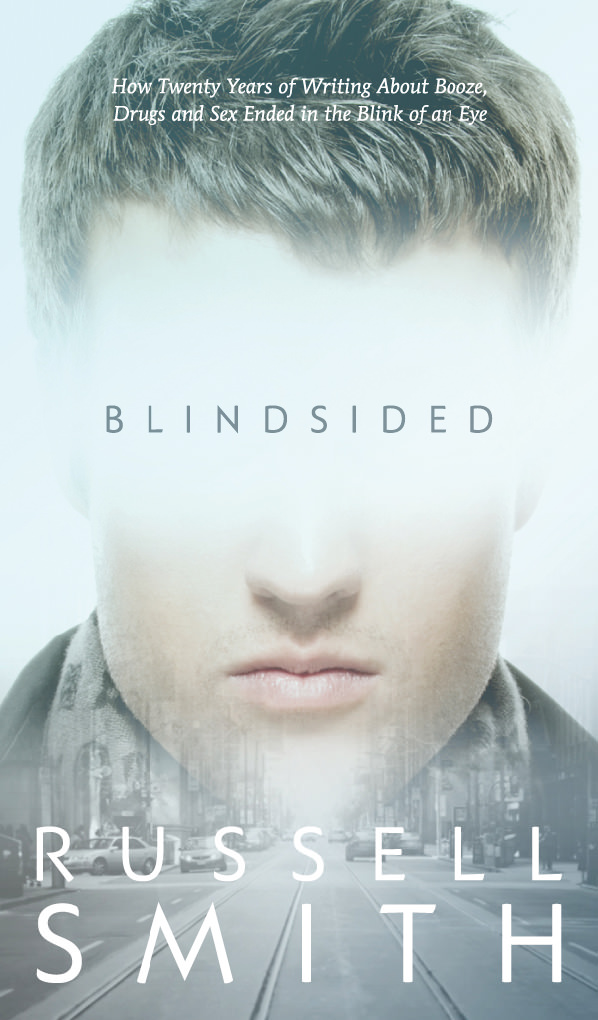Off The Shelf: Idle Hands, Loneliness, and Culture
Books by James Salter, Olivia Laing, Darian Leader, and Michael Helm.
I recently pulled an old title down off the shelf after a stuttering, ponderous, and inconclusive conversation with a friend that circled around themes of solitude, connection, self-control, and the prevalence of cringe-worthy sex scenes in fiction. Perhaps we should have gone straight to Morrissey’s recent fiction debut, List of the Lost, which scooped up the Bad Sex in Fiction Award in the United Kingdom, thus covering all our bases. Instead, I remembered James Salter’s novel from 1967, A Sport and a Pastime, and now may be vexed by more questions than the discussion itself gave rise to. Salter—who died last year at the age of 90 having written a respectable but by no means mind-bending six works of fiction (along with a handful of non-fiction works, screenplays, and short stories)—could be considered a prime example of a writer’s writer. Few titles over a lifetime, extreme accolades, absence of massive public readership, and—when having his books recommended by an initiate—a verbal encomium on their exquisite prose style.
And that truly is the case (gorgeously sculptured sentences) in his major works. But A Sport and a Pastime is a different beast. Not badly written by any means, but that isn’t why people pass this book around, wondering what their reader friends might think of it.
The sex. There’s sex in it. And not a little sex, a lot. In France.
Salter’s slim meditation on male solitude, projection, and, well, unspoken insufficiencies is one of those few books I’ve heard both women and men admit, without flinching, that, yes, it made them horny as hell. An unnamed narrator has retreated to a crumbling house in a small French town near Dijon. It’s clear not even he knows why or for how long or even how he ended up there, but his attentions soon settle on a younger couple he knows through its male half, another American expat named Phillip Dean. The young French woman, Anne-Marie, is more than slightly enigmatic, passive yet conscious of her relationship’s unlikeliness and eventual expiration. The couple spends months devouring each other in various hotels, pensions, and borrowed flats across rural France. Well and good. But the point of narration Salter has set up is what gives the book its central disturbance. Our solitary narrator is not only obsessed with the couple, he seems able to watch their couplings in fine detail. He is the camera in the room, over the bed, in the shower, admitting to us he is an Edward Hopper figure in a silent, borrowed house in Autun, observing the seasons’ rhythms and tonal shifts in the moted light. The erotics are happening and not happening. The trio even dine together when passing through the narrator’s adopted town, allowing us to witness their real, corporeal, non-fantasized selves. But reality won’t stick. Once again, we’re away with the couple, undressed, carnally driven, indulging whatever arises from the silences between them.
Salter could be considered a prime example of a writer’s writer.
It’s all quite New Wave–cinematic, moodily lit, eros and damage, psychologically complex, and pungent. It’s also not unproblematic where representations of women in lit are concerned. Anne-Marie has parents and a shadowy past, but otherwise expresses herself most explicitly in bed. That said, for an ex–fighter pilot turned novelist, the fact that Salter wrote what amounts to a symbolic fable of a man split into an idealized, sexually potent self that only points back crushingly toward the paralyzed, ineffectual self doing the talking proves this male-authored erotica is still worth the read. I might have been aroused, but I didn’t feel particularly good about myself.
In Olivia Laing’s exquisitely poignant and honest The Lonely City: Adventures in the Art of Being Alone, a brilliantly close observer and deeply empathetic mind attempts to confront head-on the little understood but socially ubiquitous condition of loneliness. This is non-fiction, but of a personal cast—a form becoming more and more sophisticated, it seems, every year. There’s no gimmick or cooked-up book idea; Laing simply suffered the sudden heartbreak of being left by a lover. She ups stakes and moves to New York in a state of cored-out, destabilized, and acutely vulnerable loneliness. What she’s investigating is how loneliness—by whatever means it’s triggered, or accumulated over a lifetime—can possibly be made to make sense. Or if it can. Passages of controlled, relentless honesty describing her mental and emotional state from day to day are woven through the book with considerations of four artists whose work Laing latched on to in an effort to have someone, anyone, speak to her.
Laing’s writing on these artists—all 20th-century New York except “outsider artist” Henry Darger, who spent his adult life in Chicago—is of a stripe we don’t encounter enough. She’s chosen David Wojnarowicz, Andy Warhol (and Valerie Solanas), Hopper, and Darger for the very reason they’ve captured something in her at a deep, visceral level. Their works and their lives (as she comes to know more about them) are speaking to her condition via the chronic loneliness that constitutes it. This gives her descriptions, responses, and interpretive suppositions a beautiful and believable weightiness one won’t find in a professional critic.
Confession: I’ve seen the work of Warhol, as we all have, thousands of times in my life. Even knew the broader outlines of his early life and transformation into “Andy” in New York. I’d never once, before now, felt convinced—no, felt, anything at all when confronted by his films, silkscreens, paintings, etc. No longer. Laing, by sheer extension of her seeing, engagement, imaginative powers, and intuition that what was hurting Warhol wasn’t far off from what was hurting her, or any of us, has pushed me deeper inside the master of shallows. Her prose takes us to a place behind our (and society’s) predictable reactions to both art and the many instances of the marginalized human. And we do need pushing, “because if we know anything from what has gone before us, it is that the time for feeling will not last.”
There’s no gimmick or cooked-up book idea; Laing simply suffered the sudden heartbreak of being left by a lover.
Darian Leader is a practising psychoanalyst in the U.K. and author of a number of engaging books, What Is Madness? and Strictly Bipolar among them. Leader’s newest offering, Hands: What We Do With Them—and Why is a scintillating, strange, sideways essay on a subject that is, literally, right under our noses most of the time. Floating through cultural history, literature, art, religious iconography, psychology, and much more with lucidity, warmth, and a humane curiosity, Leader asks the very simple question—in a few different ways—of why it is we can’t keep our hands still. A counterintuitive quest, maybe, but as the outlines become clear in Hands, we might wonder why the social sciences haven’t thrown everything at this problem. From snuff boxes to fans, prayer beads to pocket change, canes to knitting needles, and all the way down to simply touching our own faces for no apparent reason, Leader makes it plain as the hand in front of your face that we as a species have a problem with downtime when it comes to our hands.
One’s first instinct might be a dismissive, “They’re for getting things done. They’re tools.” But this is exactly the blind spot Leader looks into: our hands’ utilitarian function does not cover the whole story, in fact very little of it.
A case is built up, albeit speculatively, that much of what we call both “culture” and “technology” have come into being to give our hands something to expend energy on, or “drive” in psychoanalytic terms, especially in situations where we are around others. We need human contact, but we need our contact to be mediated by a third thing between you and I; thus, the cigarette, the newspaper, the coffee cup. And yes, of course, now most potently the smartphone. I was prepared for a tirade against their ubiquitous presence and damaging effects on human connection. How wrong I was. In fact, it might both shock and eventually calm you to place the smartphone in a line reaching back to antiquity and beyond. Just as the topography of our bite—the very shape of our mouths—has been altered by the appearance of cutlery in the past few hundred years, so will the physiognomy of our hands be changed in the near future. We’ve been doing this—with our hands—for a long time, and we’re no more or less lonely than we ever were.
Leader makes it plain as the hand in front of your face that we as a species have a problem with downtime when it comes to our hands.
One thing we did with our hands way back at the beginning was spit-spray pigment over them, leaving a negative image on a cave wall—the beginning of symbol making, the beginning of culture. Michael Helm’s astonishing, reverberant fourth novel, After James, brings the whole project up to the present moment: a cascading, overlaid, ramifying full-surround of pattern recognition and reply. A horrific (or beatific) signal-to-noise equilibrium maxing out in new constellations every few seconds. The book is a core sample of the cultural moment.
Structured in three discrete, but not unconnected, narratives, After James somehow immerses us, seamlessly, in Big Pharma bio-chem, whistle blowing, neuroscience, mysticism, poetry, virology, materialist philosophy, murder, and more without ever sacrificing the essential illusion of believability. In fact, one of the novel’s great strokes of wizardry is to make these incoherent systems of meaning, these lenses of world interpretation, begin to speak to each other, through each other, and to us.
A scientist has gone AWOL from her Big Pharma employer, having notified the media of unreported side effects and fudged results in the trials of a superdrug she herself helped create. She’s isolated in a rural house, dealing with visions, traces of a murder, her own mind’s acute and obtuse angles. A drifting, inwardly oriented young man is hired by a rogue academic in Rome to do “literary detective” work on an anonymous Internet poet causing interpretive furors and a Balkanization of the comment sections. And, finally, another woman—a virologist this time—is in conflict with or bafflement at her father’s divorce from materialist rationalism and his new love affair with mysticism. How these connect cannot be explained in language, as the connection itself occurs in the act of our reading. Trust me here. It’s
like a superdrug.
If my first three book choices approached loneliness as a varied social malaise to be somehow addressed and/or mitigated, After James takes up the question of whether our loneliness might have been prehistorically determined, even necessary. When the single-celled organism closed in on itself to begin life, creating an inner and outer world, perhaps that accident set in motion a story. Many stories unrolling alone over millennia that now amount to the cosmic buzzing plenum we know today.

